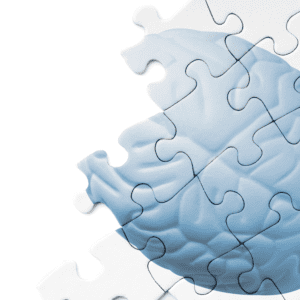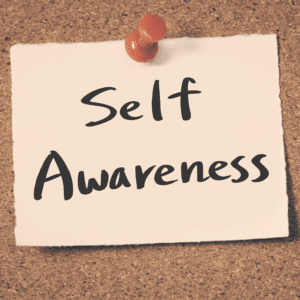Introduction
Learning is an active process. It happens when you interact with new information and concepts, or when you connect new ideas to what you already know. The way we learn can have a huge impact on how well we retain new information and skills—and that’s where active learning comes in.
Active learning approaches in the classroom make students more engaged, which can positively affect learning outcomes.
Active learning approaches in the classroom make students more engaged, which can positively affect learning outcomes. Active learning techniques help students learn more, retain more, apply what they learn and think critically. These skills are important in the workplace.
In addition to these benefits of active learning, there are also negative aspects associated with traditional lecture-based classrooms that need to be addressed:
Active learning techniques can be used in a variety of subjects and grade levels.
Active learning techniques can be used in a variety of subjects and grade levels. Active learning is not limited to math or science classes, but can be effectively incorporated into any subject area, including English, social studies, art and music. The key is to find activities that are relevant to your students’ current interests, so they will be motivated by them. For example:
- If you’re teaching eighth-grade social studies class on the American Revolution era (1776-1789), have students create posters based on their research findings about one particular aspect of life during this time period (e.g., clothing styles).
- If your sixth graders are studying ancient civilizations like Greece and Rome at school this year–and they love LEGOs–ask them to build replicas based on historical structures such as the Parthenon or Coliseum using LEGOs instead of paper mache clay models!
It’s important to prepare students for active learning before they engage in it.
The most effective way to prepare your students for active learning is by introducing the concept and teaching them how to engage in it. Here are some ways you can do this:
- Give examples of active learning techniques, such as group work or debate.
- Provide students with time to practice these techniques during class so they feel comfortable using them later on their own.
While active learning helps students learn, it requires more time from educators.
While active learning helps students learn, it requires more time from educators. It also requires more time from students and their parents, who are often asked to be involved in their child’s education. Active learning can help build community cohesion by engaging the entire school community in projects and activities that are relevant to everyone’s lives.
The benefits of active learning clearly outweigh the cost.
Active learning is a great way to engage students, and it can help them retain course material. When you ask them to do something other than just listen, they’re more likely to remember what they’ve learned. And that’s important–students who don’t understand the material won’t be able to do well on tests or essays, which means their grades will suffer.
Active learning also results in better engagement from students overall because it gives them an opportunity for hands-on experience with concepts that might otherwise seem abstract or difficult for them (e.g., “I don’t know why this is important”). A student who is actively engaged in his own learning process will take initiative when studying for exams by asking questions when he doesn’t understand something instead of simply waiting until after class has ended before asking anything at all!
Conclusion
I hope that this post has helped you understand the benefits of active learning and how it can be implemented in your classroom. If you’re still not sure whether or not active learning is right for your students and their needs, consider these points:









